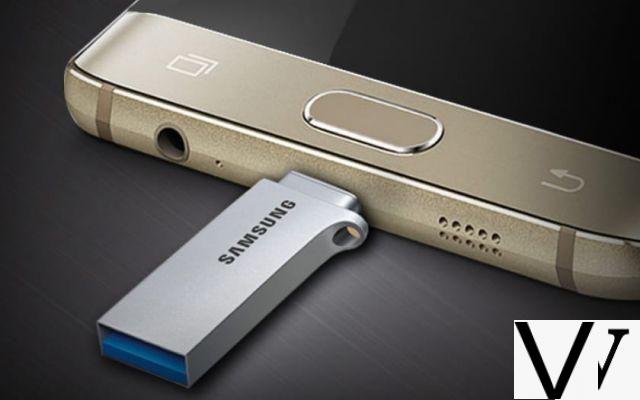Android allows you to read certain USB keys directly on the smartphone. There are some conditions for this, such as the fact that the key in question is USB OTG compatible, or that the file format is FAT32. Follow this quick tutorial if you can't connect your USB drive to your smartphone, or if you can't read it.

You can connect a USB key via the USB type C port of your smartphone, as long as your key meets a few conditions. On most smartphones of the moment, you will first have to check that your key is OTG compatible (on the go), an extension of the USB 2.0 standard. If your smartphone's USB port is USB 3.1 compatible, you should normally be able to connect more types of sticks without a problem. The other prerequisite is to have a compatible adapter if the type of port on your USB key is not the same as that on your smartphone. Finally, the USB key must be formatted in FAT32 (and not in NTFS).
How to read a USB stick on an Android smartphone
To read a USB key on an Android smartphone:
- Check the version of USB supported by your smartphone: if it is an older standard or equivalent to USB 2.0, you will need to check the compatibility of your key with the USB OTG standard; if your smartphone's port is USB 3.1 compatible, go directly to step 3
- Check the compatibility of your USB key and your adapter to the USB OTG standard
- Check that the key is formatted in FAT32
- Plug your key into the smartphone's charging port, directly or via an adapter depending on your case
- When a dialog box appears, validate the display of the content of the key in your favorite file explorer
You should then normally be able to read the contents of the USB flash drive and copy files as you would on a computer. Please do not hesitate to tell us in the comments if you have any difficulties. We will try to help you when possible!


























